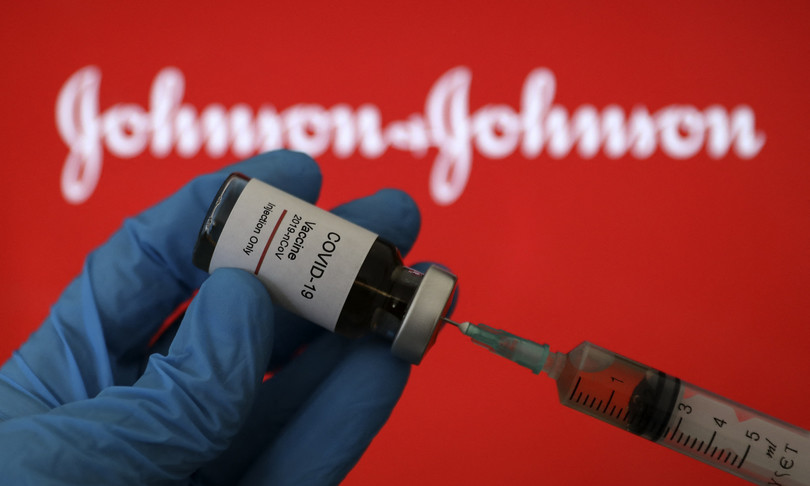Gloria Stoyanova
Last March, the U.S. shut down in response to the coronavirus, since then, a third vaccine has been approved by the FDA for emergency use. Unlike the Pfizer and Moderna vaccines, Johnson & Johnson’s vaccine consists of only one dose—allowing citizens to achieve full immunity quicker than with the previous two. Like Moderna, Johnson & Johnson also received funds to accelerate its vaccine production program under “Operation Warp Speed”.
Johnson & Johnson’s vaccine uses different methods to provide immunity to the coronavirus. Pfizer and Moderna delivered RNA into your cells to instruct them to create the spike protein—essentially allowing the body to make its own vaccine. To define RNA, it can be said that it is transcribed from DNA which contains our genes.
Johnson & Johnson delivers DNA, rather than RNA, using an Adenovirus vector. These harmless viruses simply transport the message to target cells where these instructions are provided. Unlike normal adenoviruses, the Johnson & Johnson adenovirus cannot replicate inside your cells and cause disease. The spike protein is made from the instructions and allows your immune system to react to this foreign protein, without coming in contact with the coronavirus. Mild side effects were reported with Johnson & Johnson’s vaccine, including headache, reaction site swelling, nausea, and fever.
One of the many benefits of this vaccine includes lower storage temperatures. Pfizer’s vaccine needs to be stored at –80˚C and Moderna’s needs to be at –20˚C, whereas Johnson & Johnson’s vaccine can be stored at 4˚C-comparable to your household refrigerator. This advantage allows small pharmacies to start scheduling vaccine appointments without the need for new extra-cold freezers. The one-dose requirement will appeal to home-bound seniors who have been reluctant to travel during the pandemic.
Johnson & Johnson has distributed 4 million vaccines during the first week of March and hopes to fulfill its goal of delivering 20 million vaccines by the end of March. The company also announced plans to work with Merck (normally considered a rival) to speed up the production of its vaccine. The approval of this third vaccine will help the United States vaccinate its population of 330 million much faster. The government has announced that it expects to have enough doses to vaccinate every American by the end of May. Part of this success can be attributed to President Biden’s executive order of the Defense Production Act—an effort meant to speed up the production of coronavirus vaccines and personal protective equipment.
Recall that the coronavirus is an RNA virus, meaning it mutates faster than similar DNA viruses. When a person is infected with an RNA virus, replication of the virus is robust and leads to more mutations. This is where new variants like the UK variant and the South African Variant come from. Getting vaccinated early on not only prevents you from severe disease, but also stops the virus from replicating and thus mutating. Some of these variants do make the current vaccines less effective, though that should not discourage you from postponing a vaccine if you are eligible.
According to data provided by the Centers for Disease Control and Prevention (CDC), the U.S is currently administering about 2.15 million vaccines per day. At this rate, herd immunity, when at least 75% of the population is vaccinated, should come sometime during the summer. This week, the CDC also released guidance for individuals who have been fully vaccinated. These people can gather in small groups with other vaccinated people without the need for masks or physical distancing. In addition, fully vaccinated people can gather with low-risk members of a single household without taking the standard precautions. Should a vaccinated person be exposed to the coronavirus, as long as they are asymptomatic, they do not need to quarantine or get tested. As usual, masks are recommended in public and when visiting individuals who are high risk. Hopefully, by next fall, a majority of people will be vaccinated and most activities should feel like they did before the pandemic.
Please direct any questions to gloria.stoyanova99@qmail.cuny.edu











